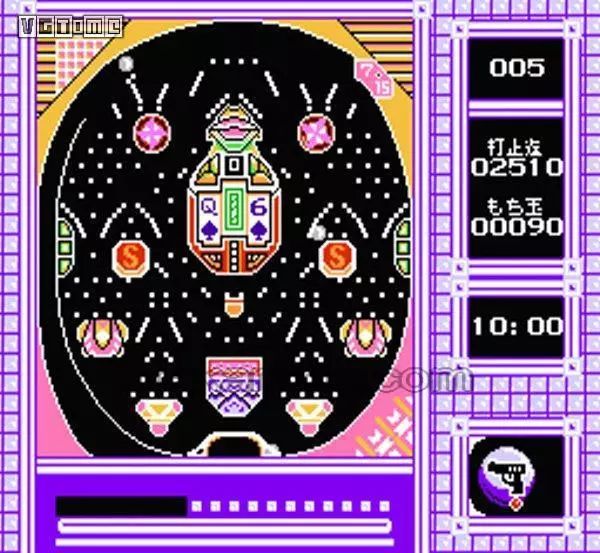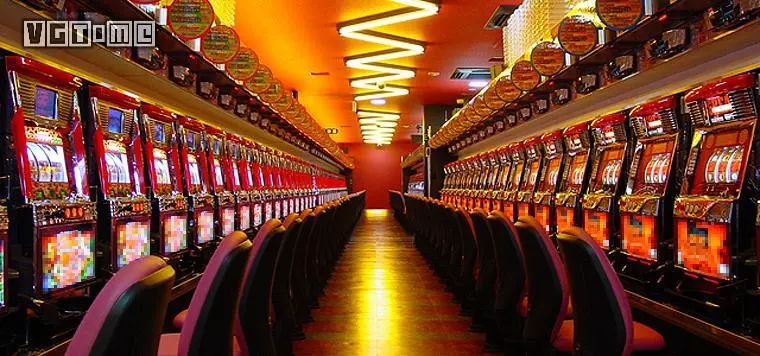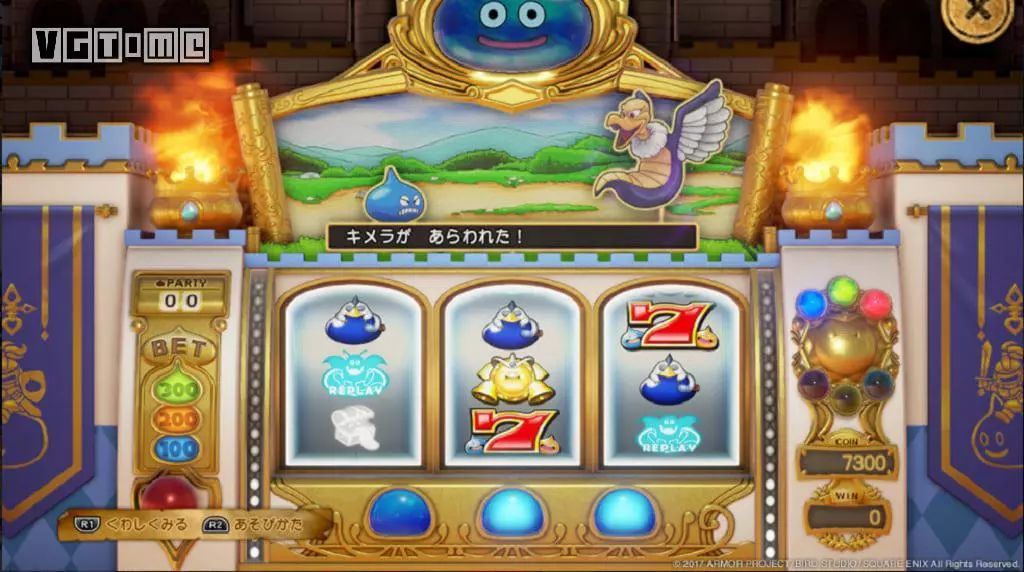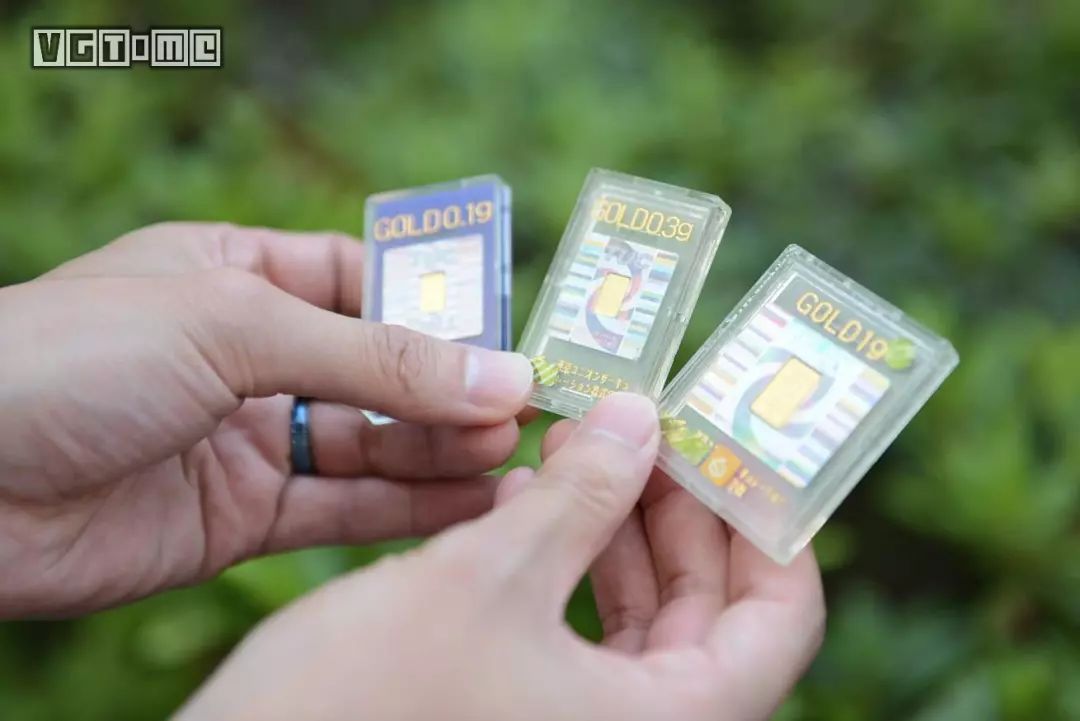Pachinko Everywhere
Those who have visited Japan will remember how difficult it is to find a decent arcade in this era of declining arcade popularity. Even in larger game centers like Bandai Namco, the prominent first and second floors are filled with claw machines, and one must climb to the very top to play authentic arcade games.
Yet, Pachinko parlors are visible all over the streets, often occupying several storefronts, emitting dazzling light from their windows. As soon as the doors open, the sound of steel balls rolling sounds like a thundering army, making it hard to ignore.
What Exactly are Pachinko and Pachislot?
Simply put, they are gambling machines, and they are legal gambling machines in Japan, also known as gaming machines.
Pachinko and Pachislot are not a couple; they are just names for two different types of gambling machines. Pachinko, originally named Pachinko, also known as "little steel balls," is a uniquely Japanese and most popular gambling machine. Pachislot is actually a slot machine, commonly known as a fruit machine, where "slot" is the Japanese pronunciation of "sister."
As early as the Taisho era of the early twentieth century, the era when the beautiful girls of "Sakura Wars" were active, the prototype of Pachinko appeared in the commercial city of Osaka. At that time, Pachinko still had a strong flavor of Western pinball.
It was not until after World War II that the Japanese truly shifted their entertainment focus to gambling machines, giving birth to the so-called first generation of Pachinko machines.
Back then, playing Pachinko was simple: hit the balls into the holes to get more balls. Later, as technology advanced, the gameplay became more complex and the performance more explosive, with dazzling effects that made people sit down and not move until they had lost everything.
By the late twentieth century, Pachinko parlors had become an essential part of Japanese streets, almost surpassing convenience stores. In any decent town, one could see Pachinko parlors. People who like shopping might be dissatisfied with Japanese stores closing at nine o'clock, but Pachinko parlors are always brightly lit.
How Do You Play These Games?
Having said so much, someone must be wondering how to play these games.
We won't talk much about Pachislot; the core of a slot machine is to pull a lever to match three identical symbols. As for the various numerical tricks and performance techniques of modern Pachislot, just play the casino mini-games in "Dragon Quest XI" to understand. This time, Square Enix really invested heavily, fully integrating Pachislot content into the game, even replicating details like store opening times and queues at the door.
Now, the key point is, since it's gambling, how can the little steel balls be turned back into money?
As mentioned earlier, Japanese law actually prohibits gambling with cash. So, Pachinko parlors found a legal loophole.
In Pachinko parlors, money can be exchanged for little steel balls, but not back into money. The steel balls can only be exchanged for prizes. Prizes include food, daily necessities, electrical appliances, etc., but almost no Japanese exchange these items; they only want a type of plastic shell.
However, these plastic shells contain 18K gold.
Carrying this gold out of the Pachinko parlor and wandering around the area, one will find exchange offices in some hidden corners. There, the plastic shells can be exchanged for real Japanese yen, and then the plastic shells go back to the Pachinko parlor. This completes the transfer of gambling funds through a legal process.
However, this method has also been challenged in recent years. Because many foreign tourists simply break the plastic shells, take the gold inside, and leave, causing many Pachinko parlors to simply use pure plastic shells. This is truly "no copper in plastic, no use in theft."
Video Games: A Training Ground for Gamblers
As gambling machines, Pachinko and Pachislot offer simple gameplay with rich returns, leading many gamblers to think about buying a machine to practice at home before going to the parlor to win their money back.
However, home Pachinko machines are usually not cheap; nowadays, a machine can sell for nearly 100,000 Japanese yen. Savvy manufacturers immediately smelled a business opportunity, thus console versions of Pachinko games were born. The video game player community, unexpectedly, welcomed another dimension of new forces.
As early as the NES era, many Pachinko-themed games were launched on the FC. Despite Nintendo's strict content review for games, they always turned a blind eye to gambling content. Why? Because that's exactly what they originated from.

Controversial Yet a Driving Force in the Gaming Industry
Traditional players still have some dissatisfaction with the influx of Pachinko people into the video game industry. Watching classic old IPs all turn into Pachinko games is not pleasing to everyone. On the other hand, Pachinko and Pachislot themselves also have certain social controversies, likely causing negative impacts on the gaming industry.
Since they are gambling tools, Pachinko and Pachislot were born with original sin.
It should be noted that, according to Japanese law, cash gambling is not allowed.
In fact, even in the open and developed country of Japan, Pachinko is a highly controversial topic. On one hand, this industry generates a large amount of economic benefits each year; on the other hand, it also causes many social problems.
Actually, with the spread of the internet and the enrichment of entertainment life, more and more young people are no longer interested in Pachinko, and many Japanese gambling machine stores have closed down, making the market challenging.
According to the "Leisure White Paper" released by Japan's Ministry of Productivity, between 2003 and 2013, the market size of Japanese Pachinko shrank by 36%. For reference, the market size of Pachinko in 2015 was 23 trillion yen, while in 1995 it was 30 trillion yen, indicating that the industry is indeed not very prosperous.
However, looking back now, it has managed to establish a foothold in the gaming industry in some way. In a Japanese console market that is stagnant, with many major companies facing difficulties, Pachinko has provided some economic support and a player base, contributing to the continuous development of many projects. The improved Pachinko games also provide some content design ideas to some extent.
Interestingly, in a specific era and context, gamblers transformed — eventually becoming players, becoming an undeniable driving force in the Japanese gaming industry.













